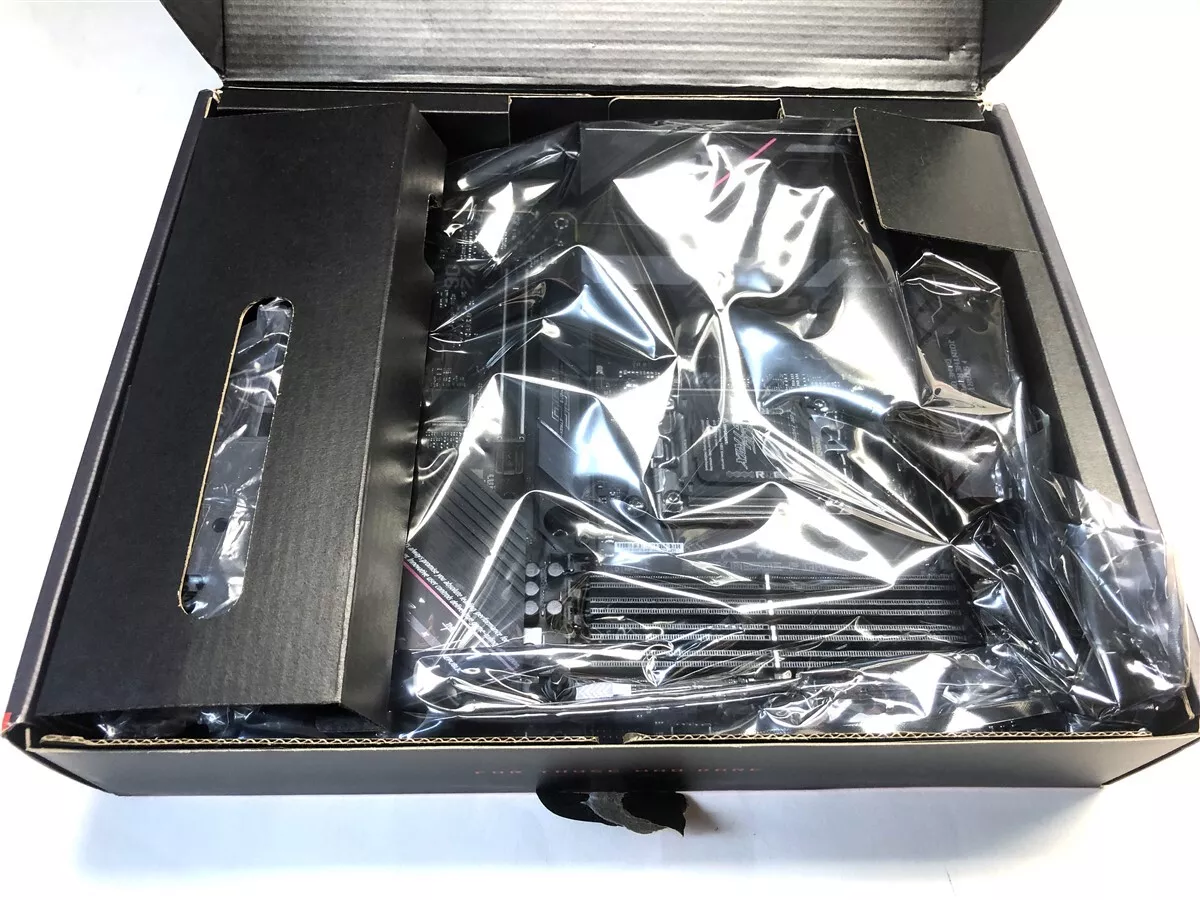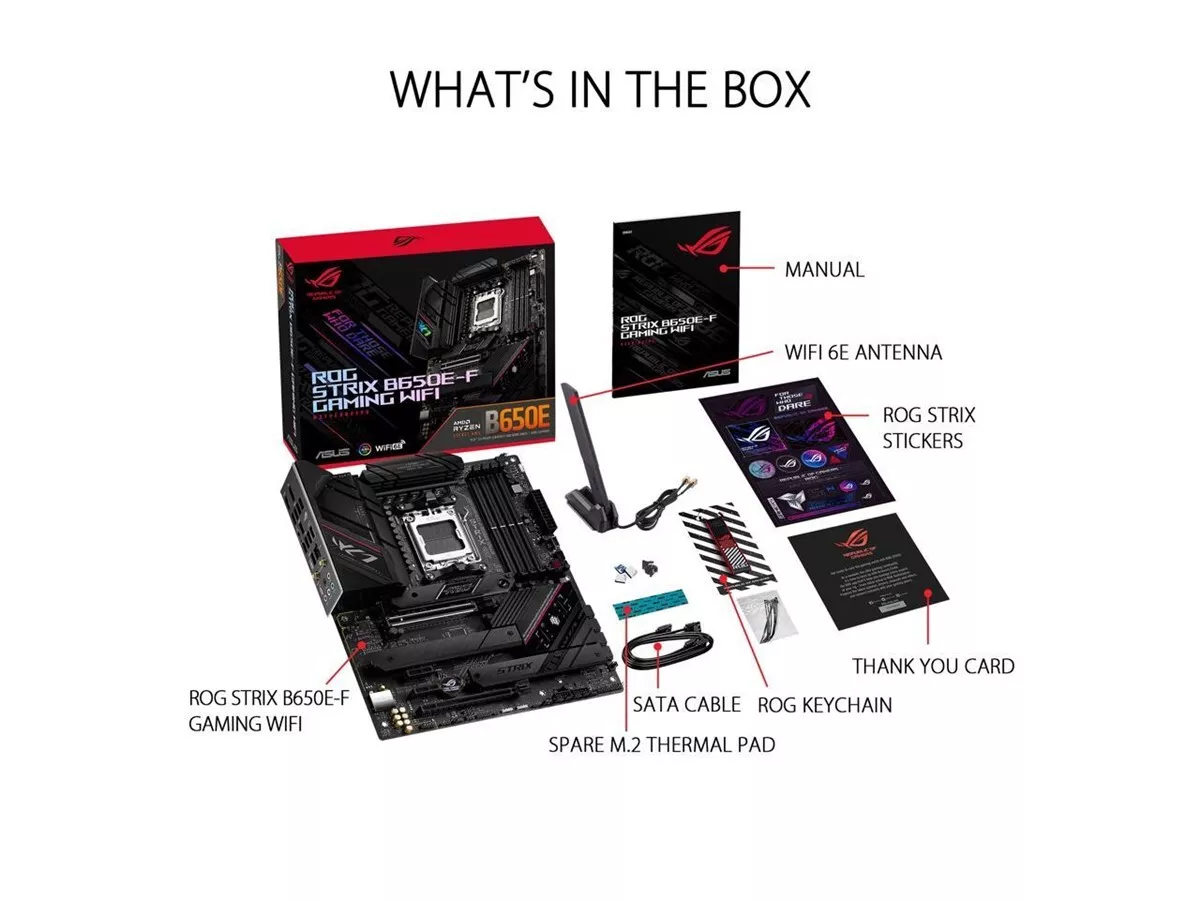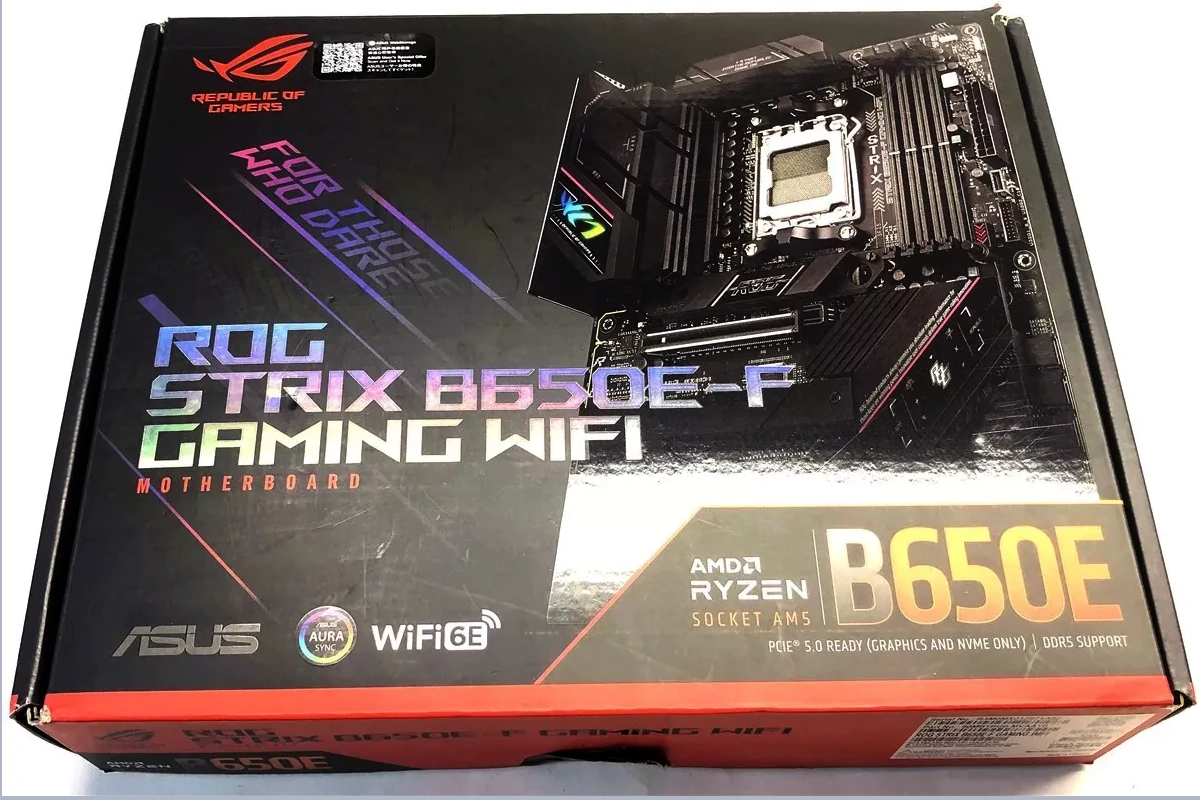A motherboard serves as the foundation of a computer system, providing the base on which all other hardware components are installed and interact with. This critical component is typically a large printed circuit board that distributes power and facilitates communication between the CPU, RAM, and all other computer hardware. Each motherboard includes various built-in features, such as sockets for the central processing unit, slots for memory modules, and connectors for input/output ports. When unboxing a new motherboard, one can expect to find a variety of ports and expansion slots, including USB, video, and audio connectors, as well as slots for graphics cards and other expansion cards. Additionally, a motherboard is equipped with a BIOS or UEFI chip, which manages the startup process and computer settings.
Motherboard Essentials: Unboxing the Basics
Standard Accessories
When you purchase a motherboard, you’ll typically find a few essential items included in the box alongside the main component. These accessories are designed to facilitate installation and ensure proper functionality. Here’s a breakdown of what you can expect:
- I/O Shield: This metal plate protects the rear ports of your motherboard and helps maintain airflow within your computer case.
- SATA Cables: These cables connect your storage devices, such as hard drives and SSDs, to your motherboard.
- M.2 Screws: These small screws secure M.2 SSDs to your motherboard’s dedicated slot.
- Manual and Driver Disc: The manual provides instructions for installing and configuring your motherboard, while the driver disc contains software necessary for its operation.

Additional Inclusions (May Vary)
Some motherboards may come with additional accessories, depending on the brand and model. These can include:
- Wi-Fi Antenna: If your motherboard supports Wi-Fi, it might include an antenna for better signal reception.
- RGB Extension Cables: These cables allow you to connect additional RGB lighting components to your motherboard’s headers.
- Thermal Paste: Some motherboards may include a small tube of thermal paste for applying to your CPU before attaching the cooler.
- SLi/CrossFire Bridge: If your motherboard supports multiple GPUs, it might include a bridge connector for SLi (Nvidia) or CrossFire (AMD) configurations.
What to Expect: A Quick Overview
| Item | Quantity | Purpose |
|---|---|---|
| I/O Shield | 1 | Protects rear ports and manages airflow |
| SATA Cables | 1-2 | Connect storage devices to motherboard |
| M.2 Screws | 1-2 | Secure M.2 SSDs |
| Manual and Driver Disc | 1 | Provide installation instructions and necessary software |
| Optional Accessories | Varies | Wi-Fi antenna, RGB extension cables, thermal paste, SLi/CrossFire bridge (if applicable) |
Key Takeaways
- A motherboard is the central hub for computer hardware communication.
- Built-in features include CPU sockets, RAM slots, and input/output connectors.
- Motherboards provide ports for essential components and expansion capabilities.
Overview of Motherboard Components
Motherboards serve as the foundation for assembling a computer. They connect the different parts allowing them to work together.
Processor Support and CPU Sockets
The motherboard has a CPU socket that matches specific types of processors. It ensures the processor fits and functions well.
Memory Slots and RAM Compatibility
RAM sticks fit into memory slots on the motherboard. Most motherboards use DIMM slots for RAM, supporting various memory sizes and speeds.
Expansion Slots and Connectivity
Motherboards come with expansion slots like PCI and PCIe. These slots allow users to add new abilities with cards. USB, SATA, and M.2 slots also help connect additional parts and storage.

Power Connectors and Voltage Regulator Module
The motherboard has power connectors to supply electricity from the power supply. A Voltage Regulator Module (VRM) helps control the power delivered to the CPU.
Form Factors and Peripheral Support
Motherboards come in different sizes known as form factors which support various types and numbers of peripherals. The selection of a motherboard’s form factor impacts the size of the personal computer, upgrade options, and compatibility with components like graphics cards and NVMe drives.
Determining the Right Form Factor
Motherboards fit into a case according to their form factor. Common form factors include ATX, MicroATX, and Mini-ITX. ATX boards measure 12 x 9.6 inches and typically offer more slots for upgrades. MicroATX, scaled down to a size of 9.6 x 9.6 inches, strikes a balance between size and expansion slots. The smallest, Mini-ITX, has a size of 6.7 x 6.7 inches and is designed for compact PC builds with fewer slots for add-ons.
Integrating Peripherals and Additional Components
A motherboard’s connectors, ports, and headers determine what peripherals it can support. Slots like PCIe 4.0 are for graphics and sound cards. Ports such as USB-C and Thunderbolt support fast data transfers. Headers provide connections for additional inputs and outputs like fans and front-panel controls. Compatibility with Intel or AMD processors is also crucial since the motherboard must match the chosen CPU brand. Upgrades depend on available slots and connectors. Users should ensure that motherboards have the right slots and ports for graphics cards, storage devices, and other peripherals they plan to use.
FAQs
Do motherboards come with Bluetooth?
Not all motherboards come with Bluetooth. Some higher-end models, especially those designed for gaming or multimedia use, may have integrated Bluetooth, while budget-friendly options might not. Always check the specifications of the motherboard before purchasing to see if it includes this feature.
Do motherboards come with screws?
Yes, motherboards typically come with a few screws for mounting the M.2 SSDs. However, the screws for attaching the motherboard to the case are usually provided with the case itself.
Do motherboards come with standoffs?
No, motherboards don’t come with standoffs. Standoffs are small metal spacers that are installed in the computer case to elevate the motherboard and prevent it from short-circuiting. They are usually included with the case.
Do motherboards come with thermal paste?
Some motherboards may include a small amount of thermal paste, but this is not always the case. It’s recommended to purchase a high-quality thermal paste separately to ensure optimal heat transfer between your CPU and cooler.
Do motherboards come with Wi-Fi?
Similar to Bluetooth, not all motherboards come with Wi-Fi. Some models have integrated Wi-Fi adapters, while others require you to purchase a separate Wi-Fi card or USB dongle.
Do motherboards come with Windows?
No, motherboards do not come with Windows or any other operating system pre-installed. You’ll need to purchase and install an operating system separately.
Do motherboards come with sound cards?
Most modern motherboards have integrated sound cards, also known as audio codecs, which provide basic audio functionality. However, audiophiles or gamers who require high-quality audio may opt for dedicated sound cards.
Do motherboards have Bluetooth?
As mentioned earlier, some motherboards have built-in Bluetooth, but it’s not a universal feature. Check the motherboard specifications to see if it includes Bluetooth connectivity.
Do motherboards have SD card slots?
While some motherboards might have an SD card slot, it’s not a standard feature. If you frequently use SD cards, consider purchasing a separate card reader or a motherboard with a built-in SD card slot.







